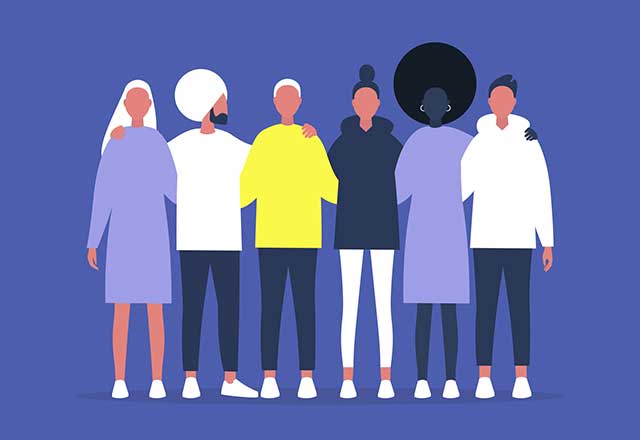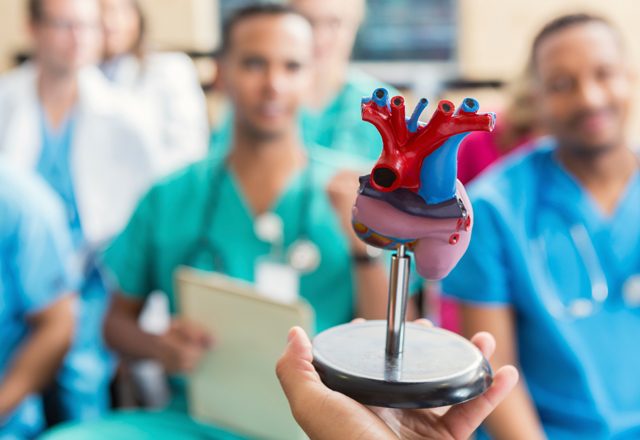It’s 6 a.m., and my alarm goes off. Groggily, I continue to press snooze for the next hour, until I realize I won’t be able to enjoy a breakfast that’s not a granola bar if I sleep any longer.
It’s been six weeks since I started at the Johns Hopkins University School of Medicine as a first-year medical student, but time passes oddly in medical school. With the fast-paced atmosphere, sometimes I feel like I’ve only been here a few days, and at other times, a full year. At the moment, we are nearly finished with our Human Anatomy course, which is notorious for its rigor and intensity, but also the immense thrill and exploratory nature.
Class starts promptly at 8 a.m., but today I frantically arrive at 8:02 a.m., quickly settling into my chair to learn about the ventral roots of the spinal cord. Following the lecture, I head up to the anatomy lab and mentally prepare for the day’s dissection of the human heart.
Dissection of a cadaver is an overwhelming experience. It’s an immense privilege to be able to explore the human body in a hands-on setting, but it can also be jarring to face the reality of death and the passing of a human life. Today’s dissection is a particularly profound reminder of this. When my lab group and I remove the heart from our cadaver, we take a moment to pause and offer our deepest gratitude to the donor and her family, who gave us this incredible privilege for the purpose of our medical careers. Seeing an actual human heart for the first time takes my breath away — to imagine that this same heart beat throughout every single second, throughout every single memory of person’s lifetime — it was truly a special moment.
Dissection is easily my favorite part of the anatomy course. I came to medical school with a strong background in engineering and became interested in pursuing surgery as a specialty because of the many parallels between the two fields. However, dissection lab has given me an unexpected but enriched view of anatomical biology through the constant juxtaposition of science and humanism it forces us to face each day. The privilege of dissection reminds us that the heart isn’t just an organ, but also a physical representation of billions of seconds of another human’s life, their memories, relationships, fears. It teaches us that the hand isn’t simply the distal portion of an upper limb but once served as a source of warmth and comfort for loved ones, a hand that once held a child, a book, maybe a scalpel like my own. Even early in my medical education, I’m already grateful for this deeper perspective.
As the Human Anatomy course comes to an end, I often reflect back on my time in medical school so far. Although I’ve only been at Johns Hopkins for six weeks, it’s already been a unique and exciting journey, as each day brings something challenging and fresh. Constantly experiencing the multiple facets within medicine is what makes this educational pathway so special, and I can’t wait to see what the next four years will bring.
Read More »The Anatomy of Being Human

